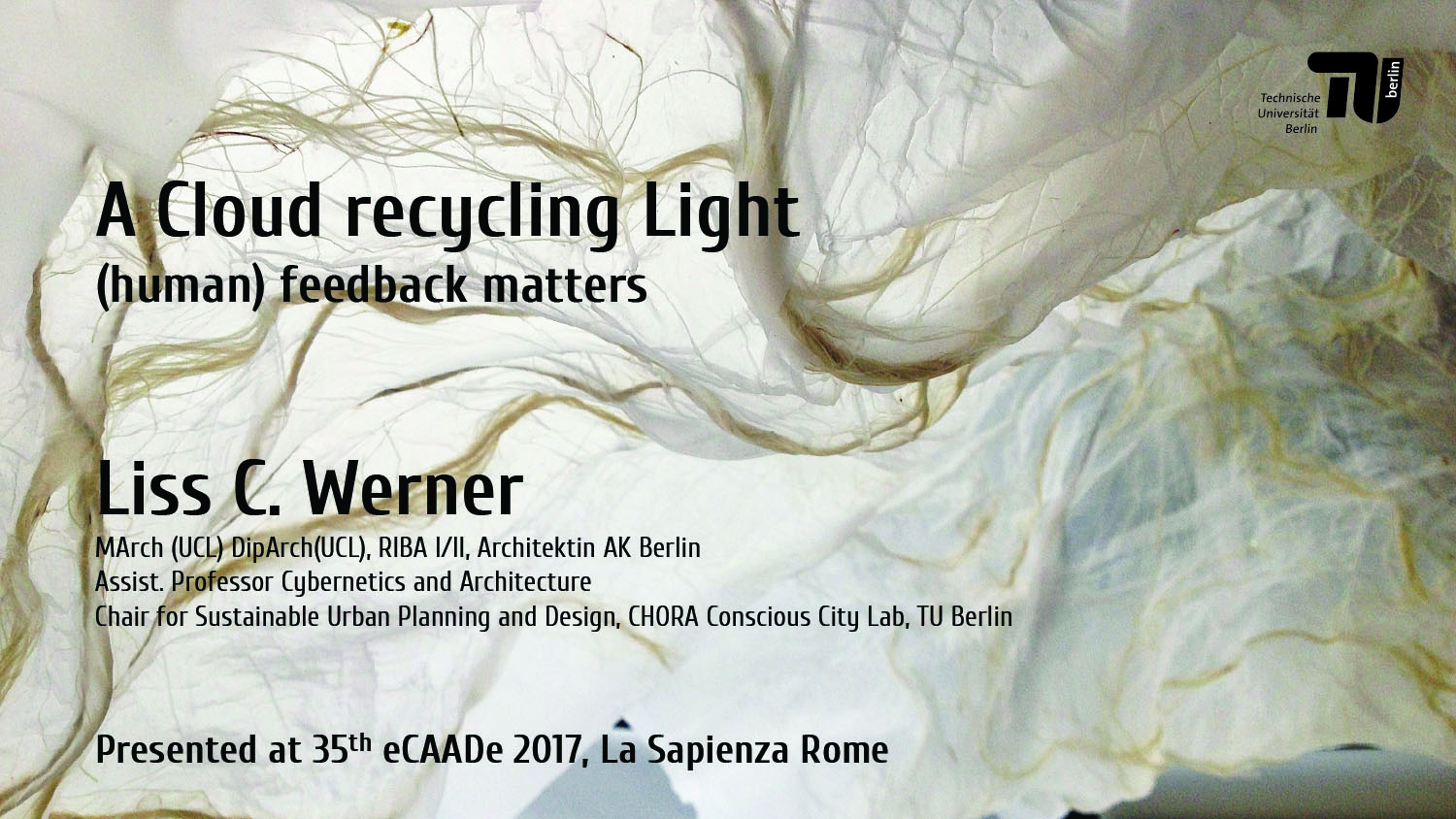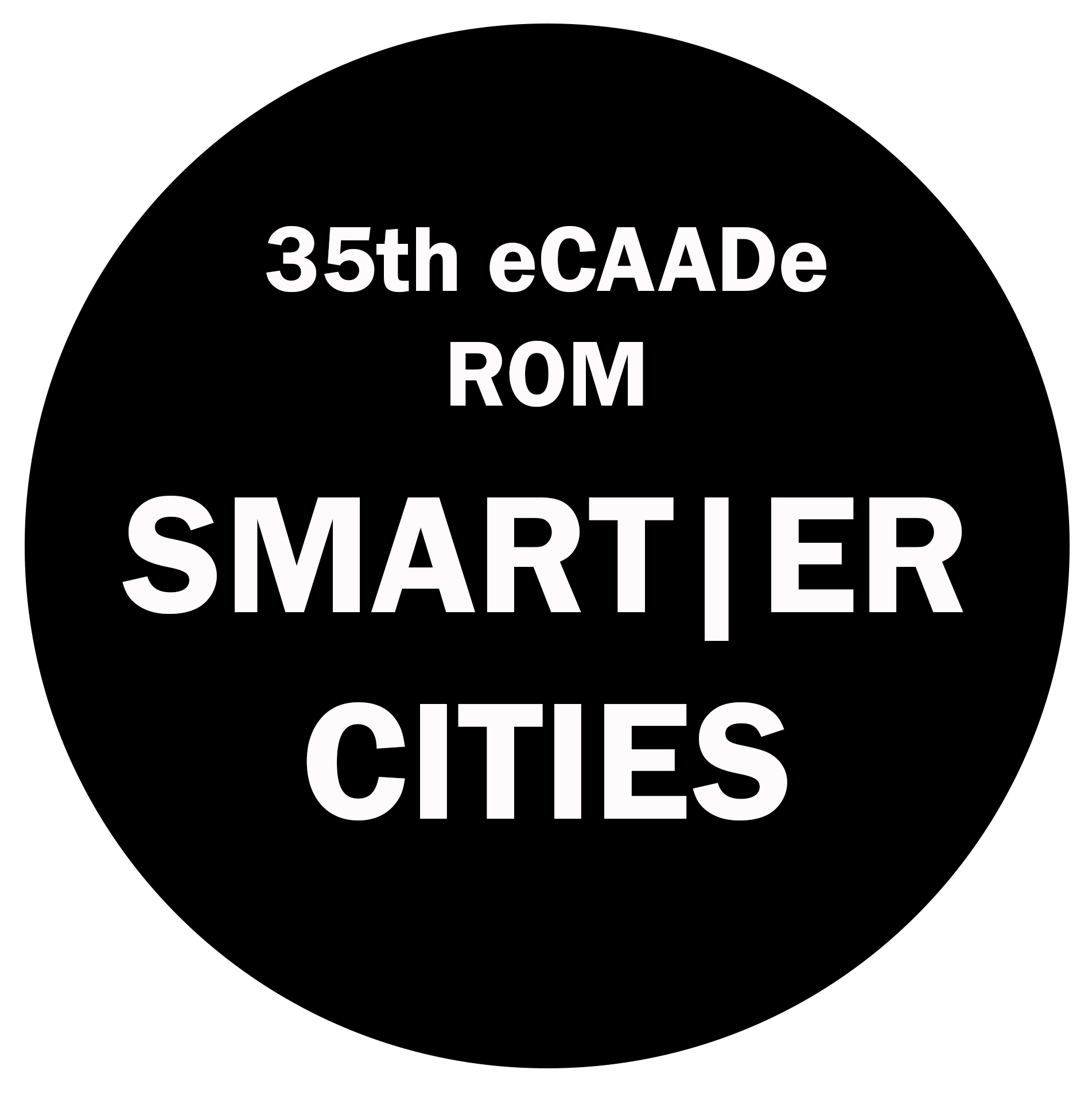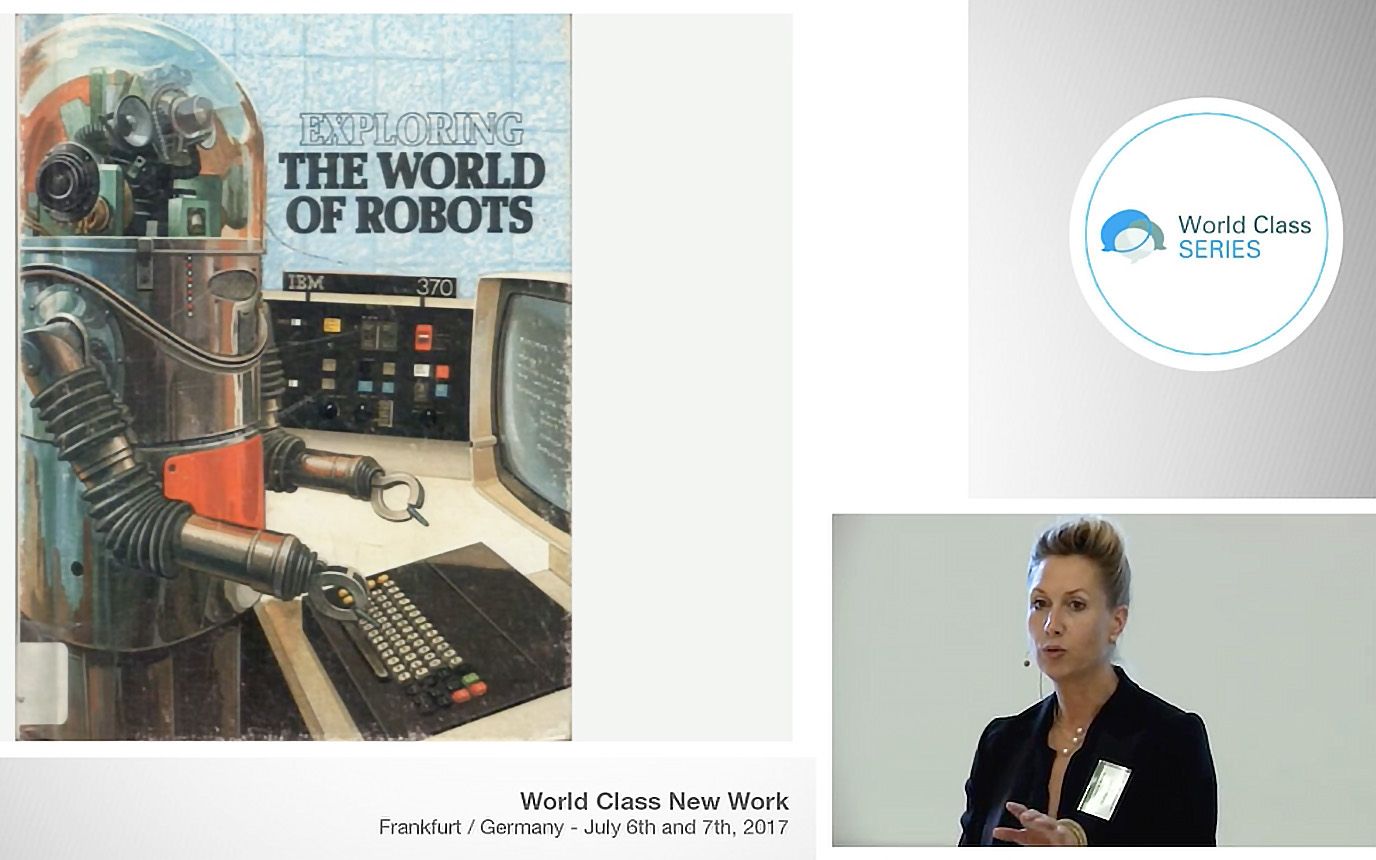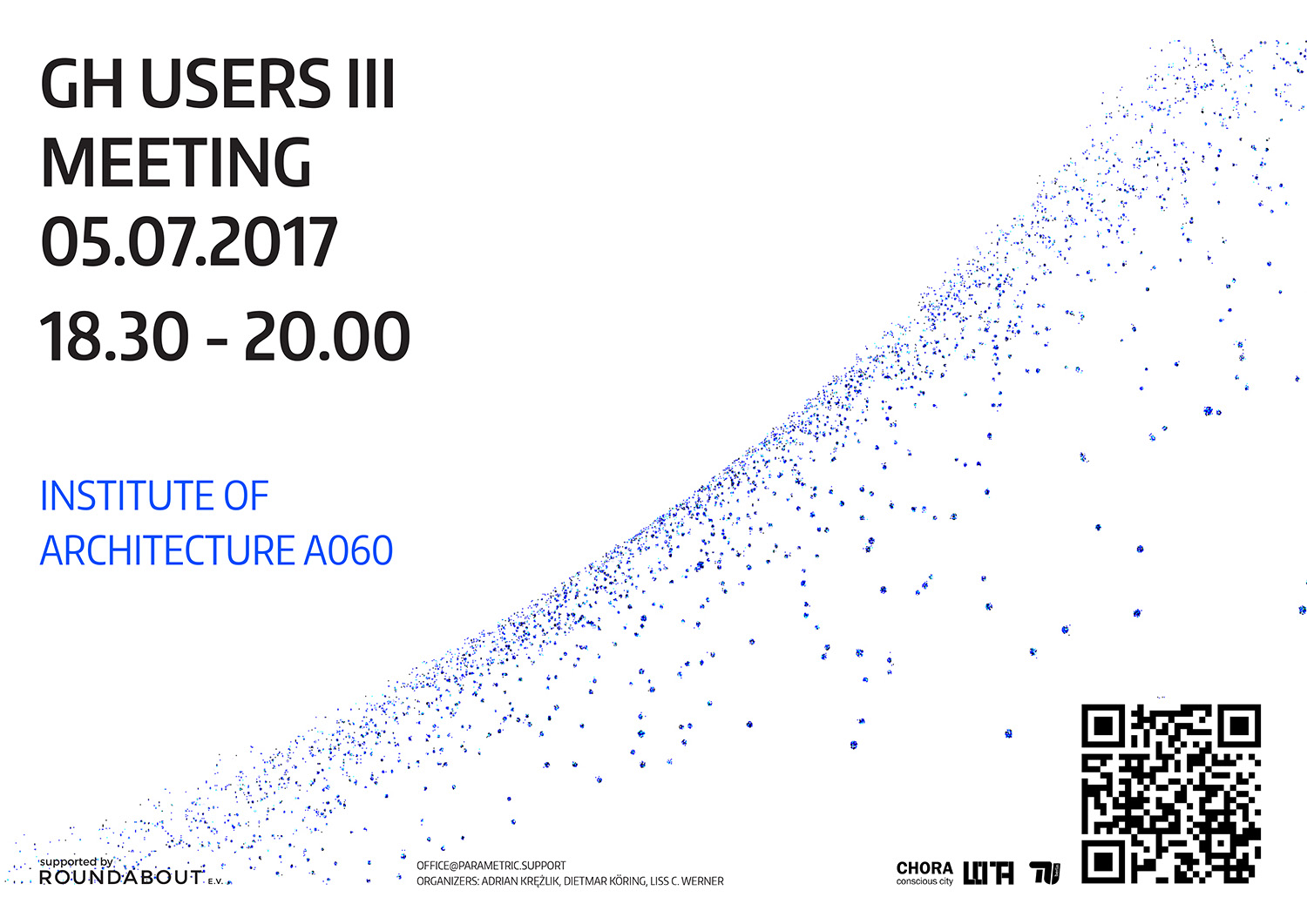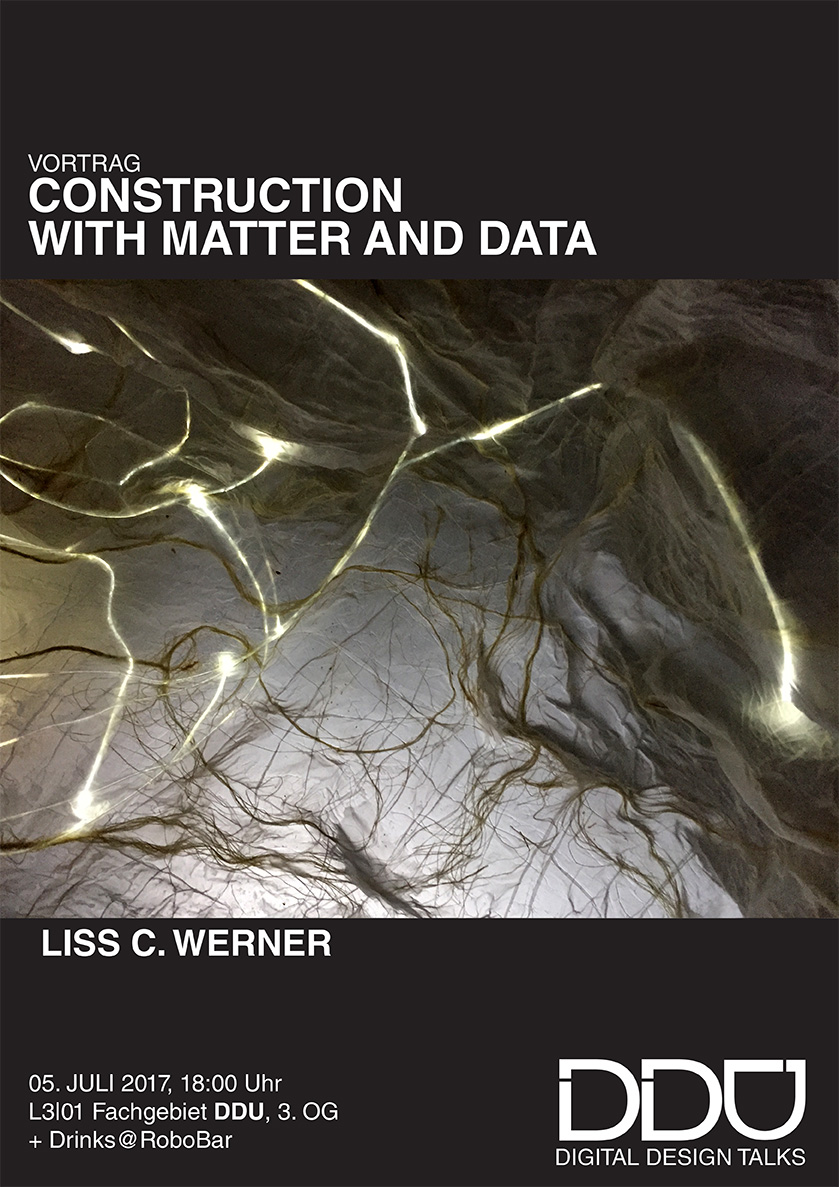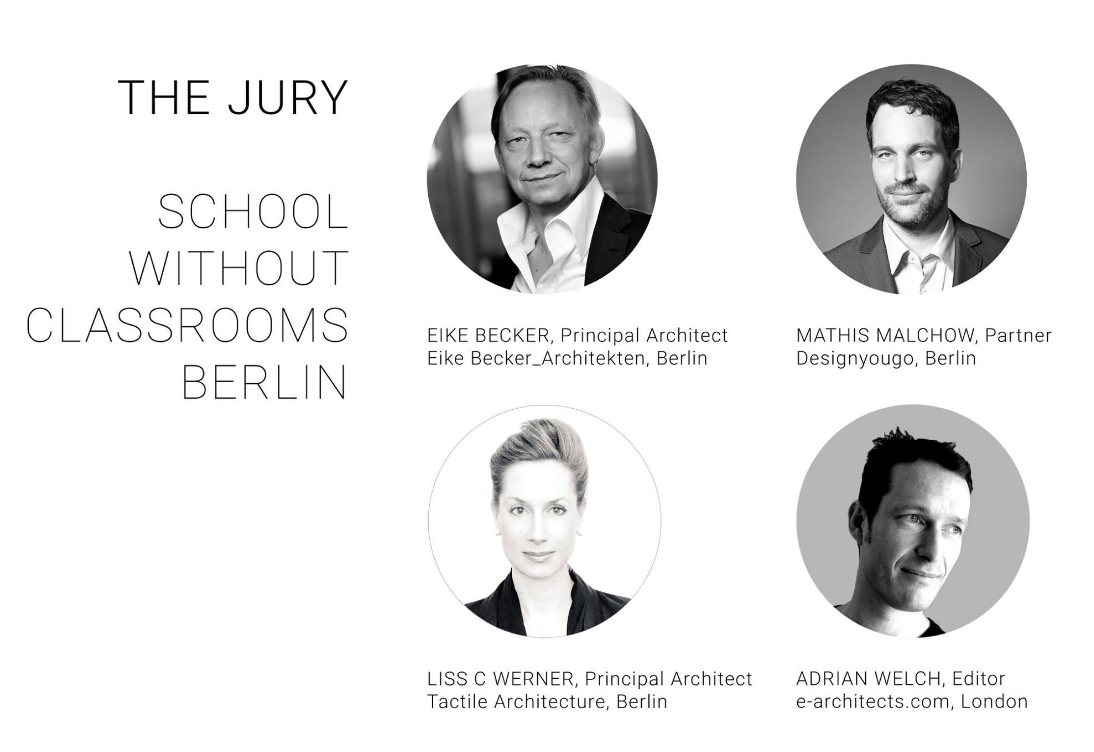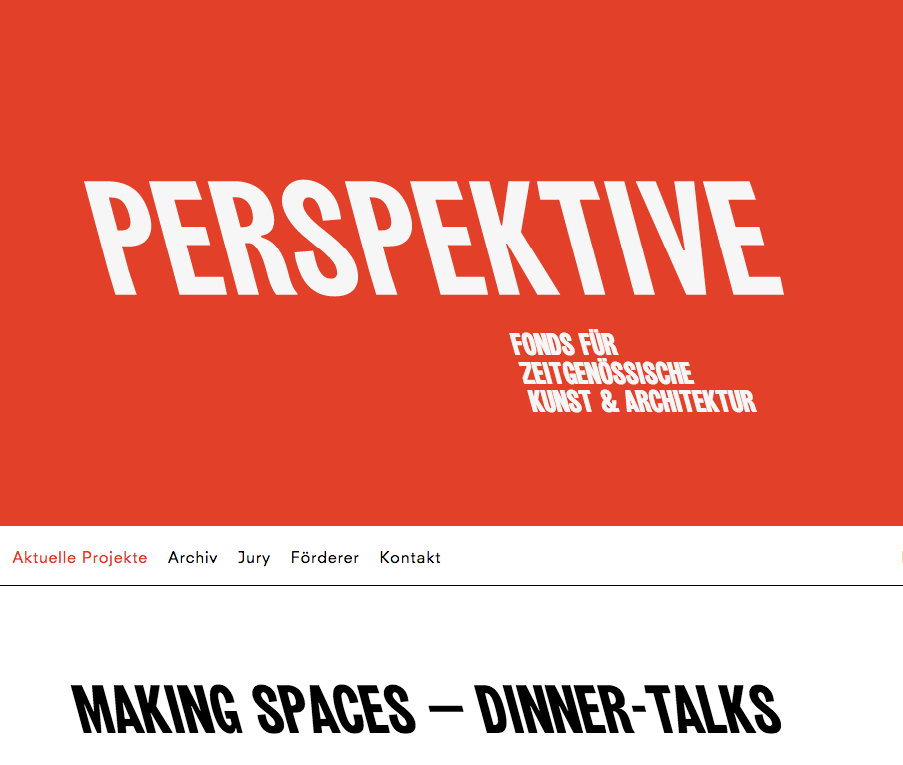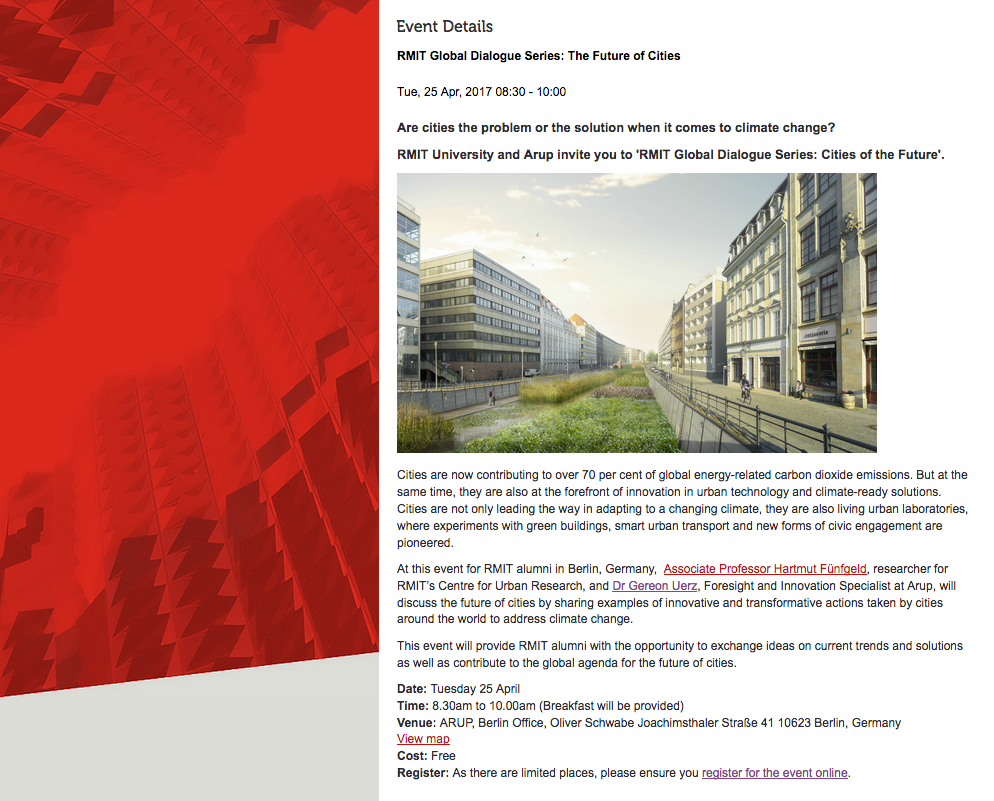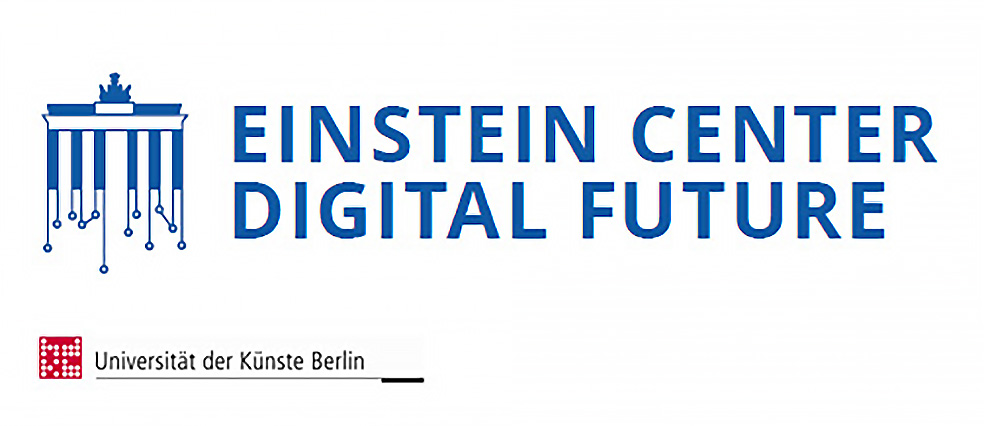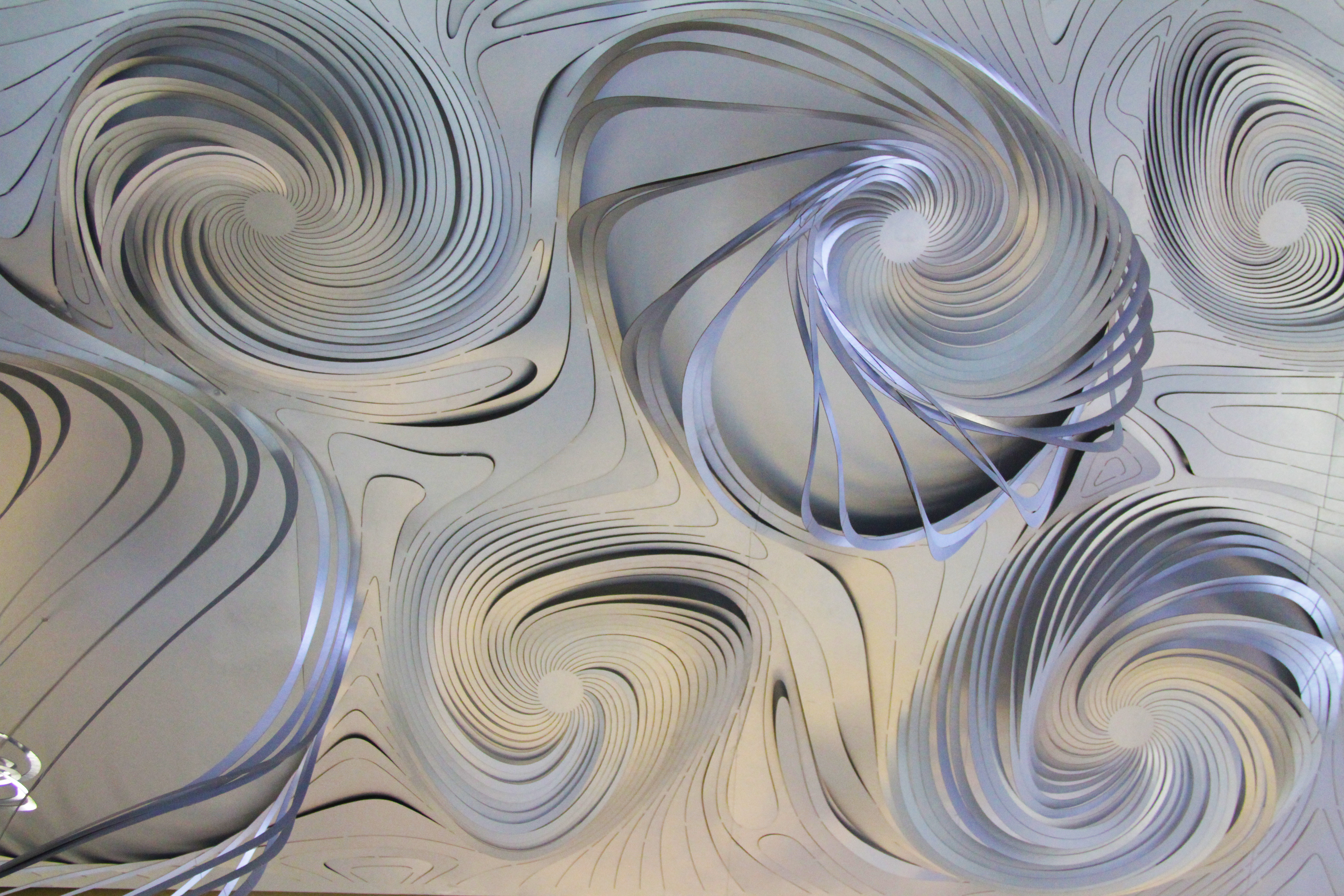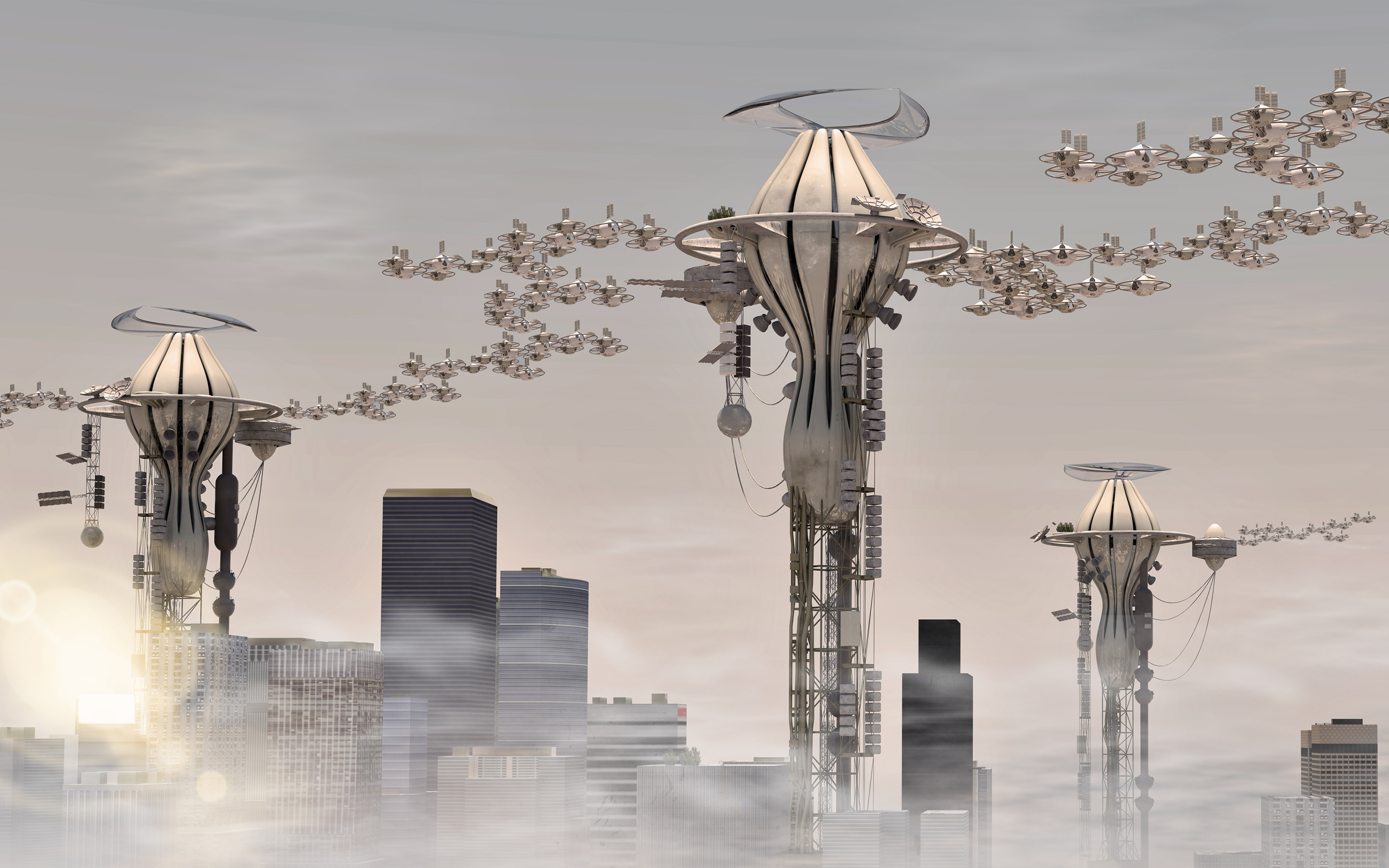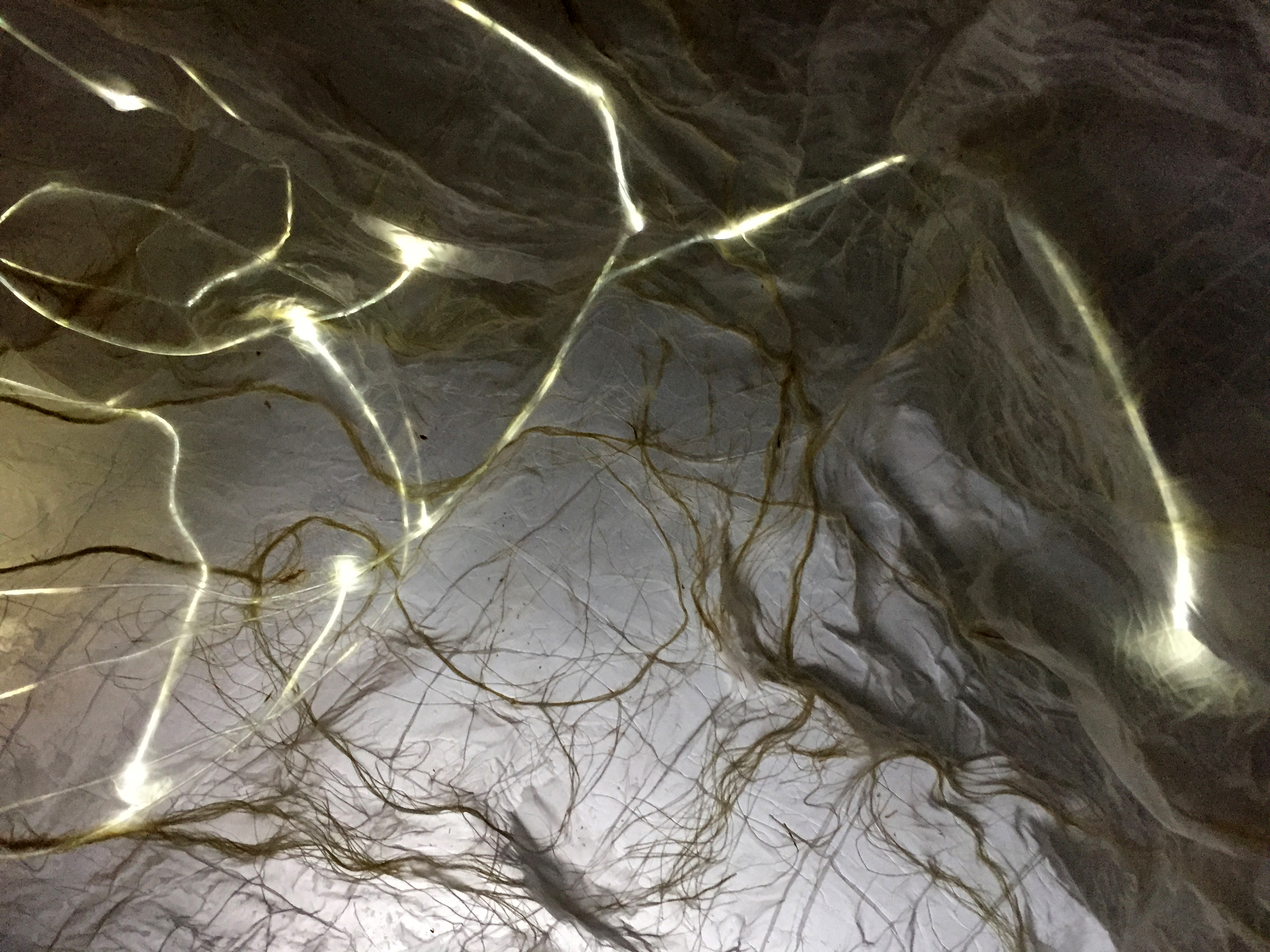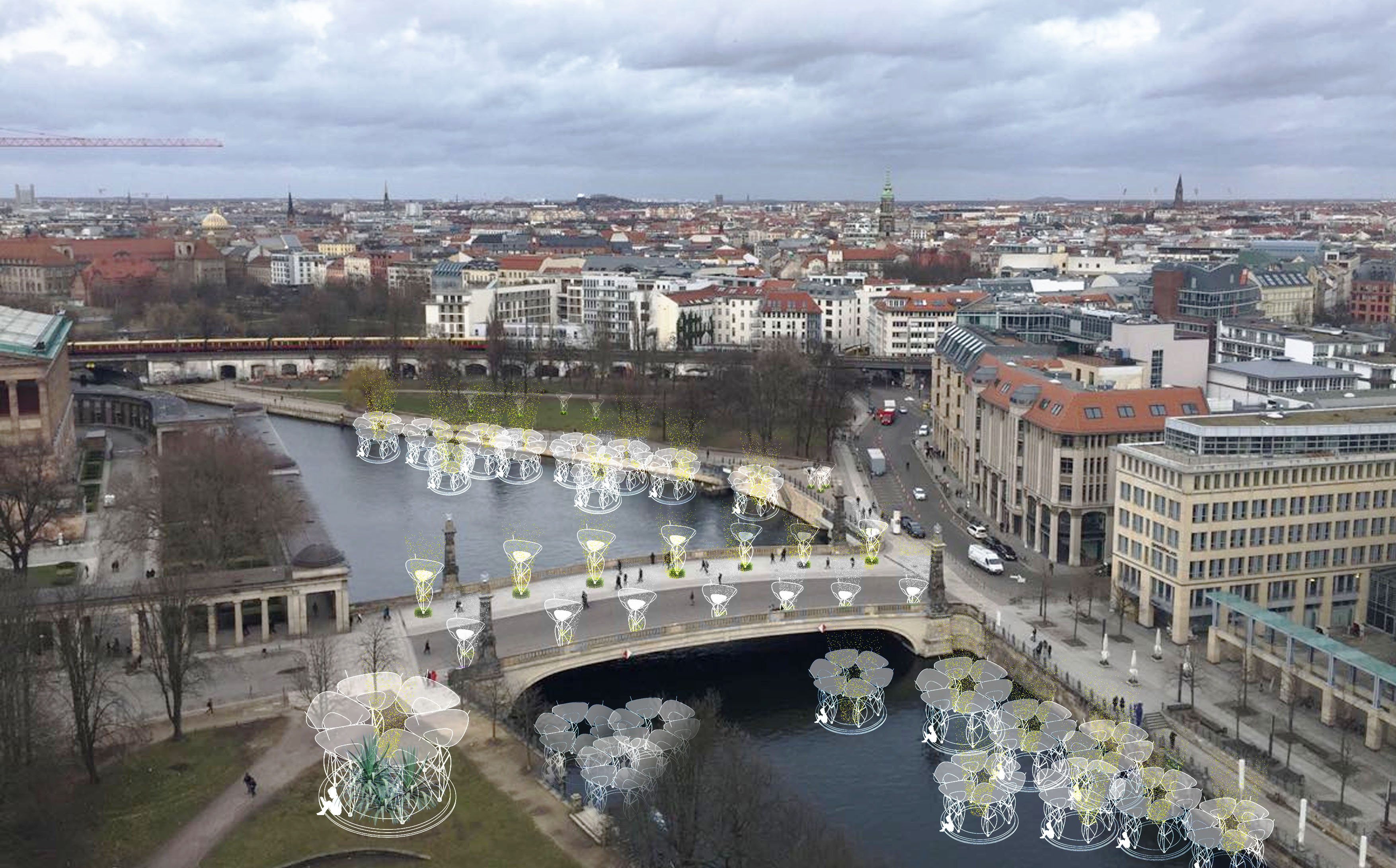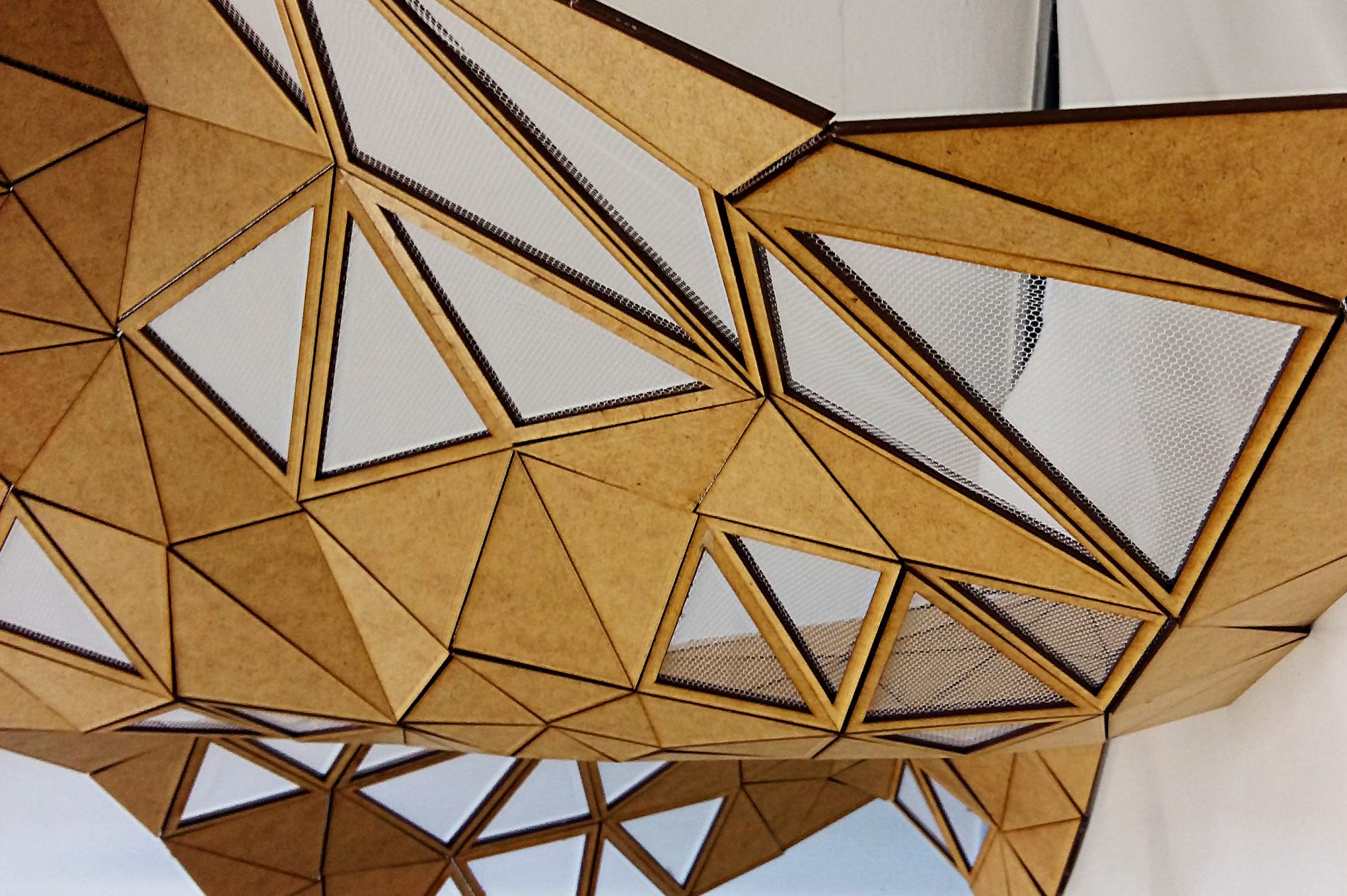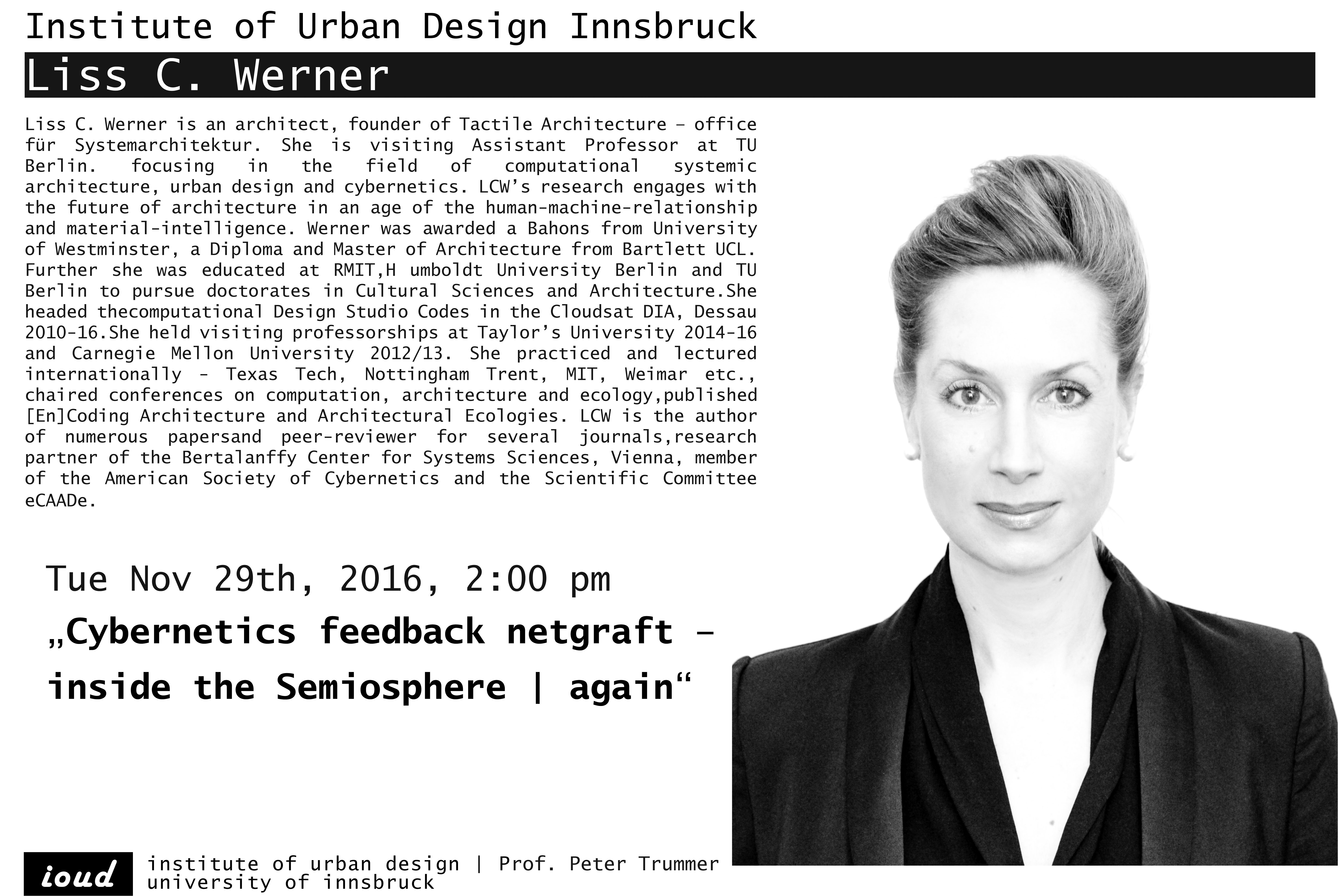The 3rd ECAADE Regional International Workshop will take place at the Department of Design of Politecnico di Milano,
Milan (Italy) on 14-15 May 2015 during EXPO 2015.
Co-chairs
Michela Rossi, (Director)
Maximiliano Romero, (Director)
Attilio Nebuloni,
Giorgio Vignati,
Giorgio Buratti,
Giuseppe Amoruso,
Michele Russo.
The event intends promote the debate about digital technologies, focusing on the design process and therefore how the concept of architecture is changing together with the production of architecture. The aim is to stimulate the meeting of the young Italian community with the international net of pairs, enlarging the interest to the application of the computational approach from architecture to industrial design. It focus on the use of digital technologies and generative software in the design of innovative forms and materials, particularly those which integrate responsive architecture and physical movement. It aims also to offer a direct approach to testing research/learning processes and tools that involve the management of environmental stimuli as parameters for the design of complex morphologies with responsive components. It concerns the integration of tools and open source platforms in the areas of Physical Computing, algorithmic modelling and robotic fabrication.
Finally, it aims to promote the international meeting (and discussion) of teachers, researchers, scholars and PHD candidates that are working on different topics about computer aided design methods and applications.
Generative design tools and digital fabrication technologies develop innovative concepts from organic models and historical references. Shell, lattice- and grid-structures underpin patterns and surface textures. The knowledge of harmonic relationships in nature’s being can be trace to Vitruvian principles and later Renaissance thinkers. In nineteenth and twentieth century the knowledge of biological systems provided the inspiration to theoreticians such as Theodore Cook, D’Arcy W. Thomson, E. Haeckel, J. Hambidge, M. Ghyka and K. Ctitchlow, and designers such as R. Buckminster Fuller and Le Corbusier.
Computational design applies patterns and textures, as well as the concept of proportion and balance, at the nano-, micro- and macro-levels: basic rules of order appear behind the complex forms of contemporary visual arts, industrial design and architecture.
Main topics:
1 – Shape, geometry and computation
2 – Generative design
3 – Interaction and robotics
4 – Responsive architecture
5 – Materials and fabrication
6 – BIM and building
7 – Visualization and communication
8 – Digital Heritage
9 – Environment, urban design and smart cities
10 – Didactics and Digital Education


